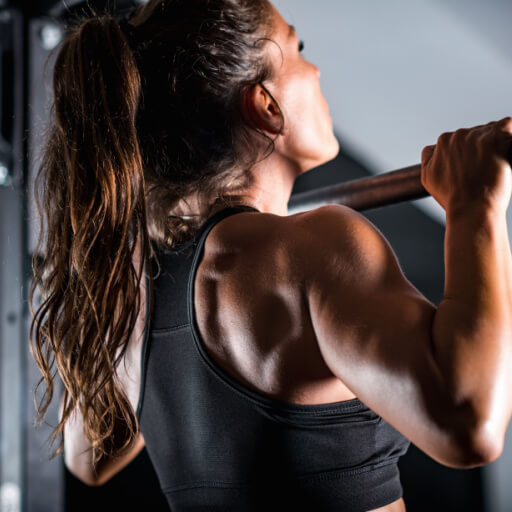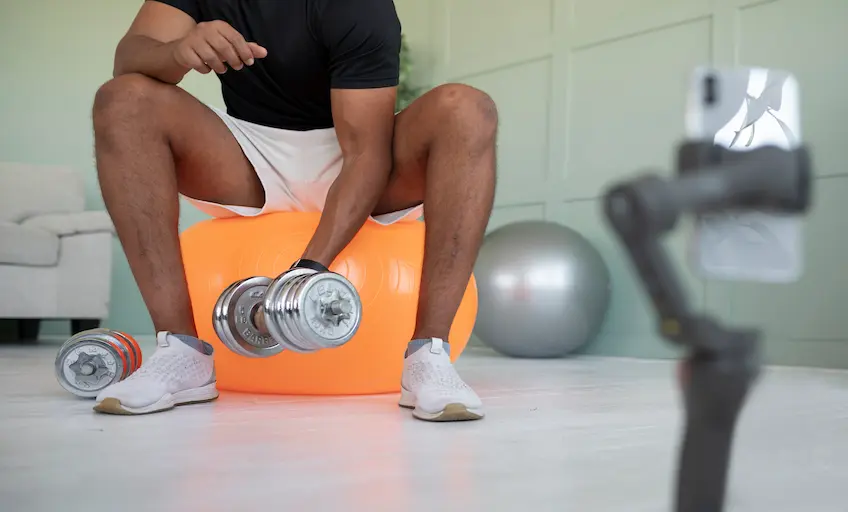Muscle endurance, as the name suggests, refers to how long muscles can sustain exercise. Daily work out can help improve muscle endurance, enhancing your holistic health and fitness.
What is muscle endurance?
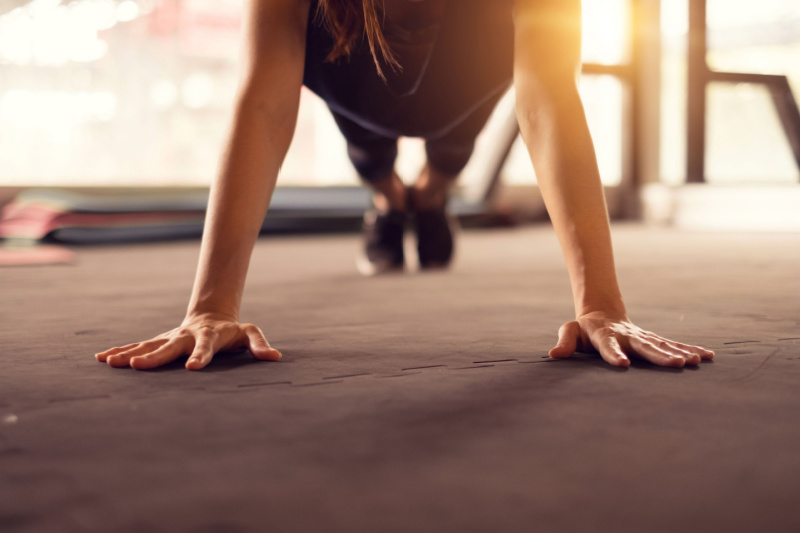
Muscle endurance is the ability of muscles or a group of muscles to perform repeated contractions against a resistance (weights or boy weight) over an extended period of time. It is a crucial component of physical fitness, which tests your muscles’ capacity to sustain work without experiencing fatigue. Certain activities like cycling, swimming, or running require prolonged and repetitive movements. Greater muscular endurance can enable a person to complete more repetitions of an exercise.
Muscular endurance benefits
Muscular endurance benefits are plenty:
- Increases stamina: Developing muscular endurance allows you to perform physical activities for a longer period without getting easily exhausted. It can improve your performance in sports, recreational activities, and daily life. You can effortlessly carry out day-to-day functions, like lifting heavy objects.
- Reduces the risk of injuries: Strong muscles support and protect your joints, a vital aspect, especially for athletes or individuals who engage in high-impact activities.
- Improves metabolism: Building muscular endurance can boost metabolism, leading to increased calorie burnout and weight loss.
- Improves cardiovascular health: Developing muscular endurance through aerobic exercises increases heart rate and circulation, thereby lowering blood pressure and improving cardiovascular health.
Muscular endurance tips
While training for muscular endurance, the workout structure and design precede the types of exercises you do. Keep the following points in mind while tailoring a workout to boost your muscular endurance:
- The number of repetitions
- The number of sets
- The weight or resistant force on the muscles
- Length of exercises and rest periods
Muscular endurance exercises
Try a combination of lower and upper body exercises to increase muscular endurance. Switch up your workout routine with weight-lifting and resistance, and strength-training exercises. You can try circuit or high-intensity interval training (HIIT) to incorporate cardio and strength training into one workout. Take a look at some muscular endurance exercises to stay fit:
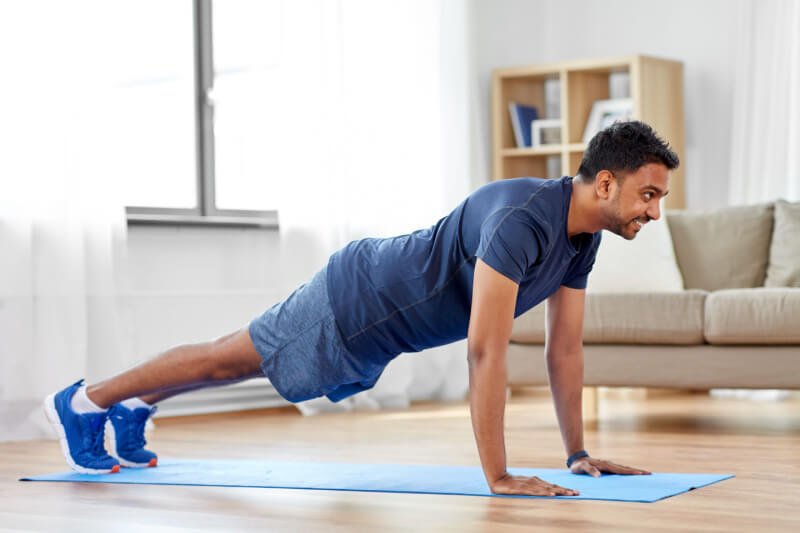
-
Push yourself with push-ups as they exercise your chest, triceps, and shoulder muscles.
- Get into a plank position. Keep your hands flat on the ground, shoulder-width apart.
- Bend your arms from the elbows as you push your body towards the floor. Ensure your body is straight and in a single line. Engage your core and glutes to lower your body.
- Straighten your arms to return to the starting position.
- Repeat 5-15 times depending on the difficulty level.
- Beginners can place their hands on a table or another raised and stable surface and gradually make their way to the full-fledged push-up version. Similarly, individuals who have mastered the standard push-up can try different variations of this exercise.
As a beginner, 2-3 sets of up to 5 or 10 push-ups are sufficient. The priority is to focus on the technique. Bodybuilders and professionals can do 3-4 sets of 10-15 reps.
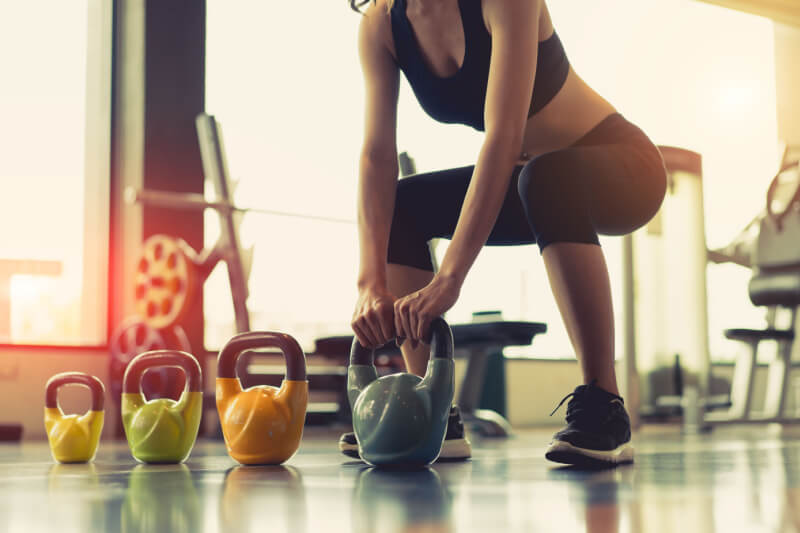
2. Squats exercise your glutes, calves, quads, and core muscles.
- Stand straight with your feet hip-width apart, with your toe pointing outwards.
- Keep your back straight and arms extended forward.
- Bend your knees to get into a squat position. Keep your body weight centered over the arches of your feet and thighs parallel to the floor.
- Try to keep your back straight with your shoulders back and chest forward.
- Use your feet, legs, and hips to return to the starting position.
- You can use a resistance band around your thighs and do the squats to challenge yourself further.
As a beginner, try doing 3 sets of 5-10 reps of at least one type of squat. Bodybuilders often prefer 8-12 reps or 6-20 reps per set to stimulate muscle growth.
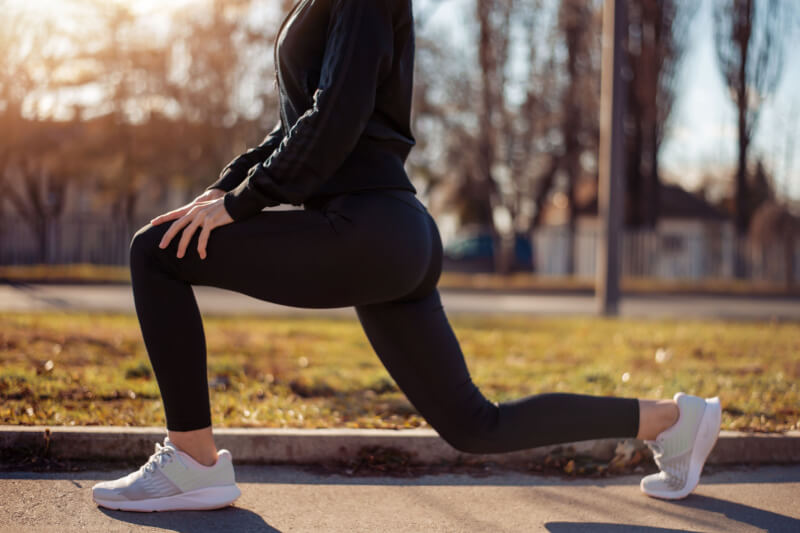
3. Walking lunges work your abs, thighs, and hips.
- Stand straight with your feet hip-width apart.
- As you step forward with your right leg, place your foot flat on the yoga mat or floor, and bend the supporting knee, so it touches the ground. While you do so, your right knee is at a 90-degree angle. Ensure your knees stay in line with your shoe laces.
- Use the front leg to push yourself up to the starting position and repeat the same on the other leg. You can bring the other leg forward and repeat the same exercise as a walking lunge.
Beginners can start with 2-3 sets of 10-12 repetitions per leg, while professionals can aim for 3-4 sets of 12-15 reps per leg.
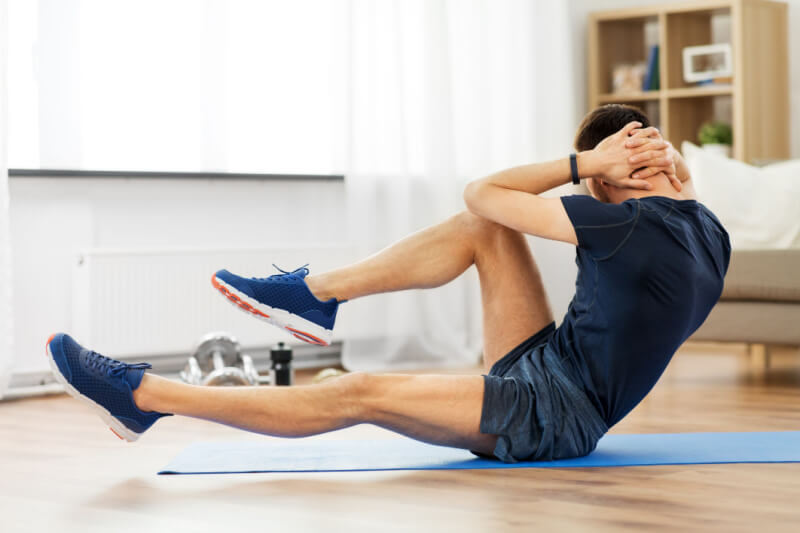
4. Crunches primarily exercise your abdominal muscles.
- Lie on your back with your legs bent and feet flat on the floor.
- Place your hands lightly behind your head to support your neck with your elbows out to the side.
- Engage your core to curl your back and lift your upper back and shoulders off the ground and into a crunch. Ensure your elbows stick out rather than curling them around your head.
- Guide your body in a controlled motion to maximize your muscle use.
2-3 sets with 10-15 reps are ideal for beginners. They can gradually add 5 crunches as they build strength from week to week. Bodybuilders or professionals can try 3 sets of 30-35 reps.
However, muscular endurance exercises alone do not suffice. You can achieve overall fitness through proper nutrition intake, adequate rest, and recovery. Also, drink adequate water before, during, and after performing any physical activity to stay hydrated. Another healthy post-workout drink is coconut water. It is a good source of electrolytes and contains low-fat and less sugar.
Stay tuned to the Activ Living Community. Keep up to date with the latest health tips and trends through expert videos, podcasts, articles and much more in nutrition, fitness, mindfulness and lifestyle conditions like Asthma, Blood Pressure, Cholesterol and Diabetes.





 1800-270-7000
1800-270-7000

